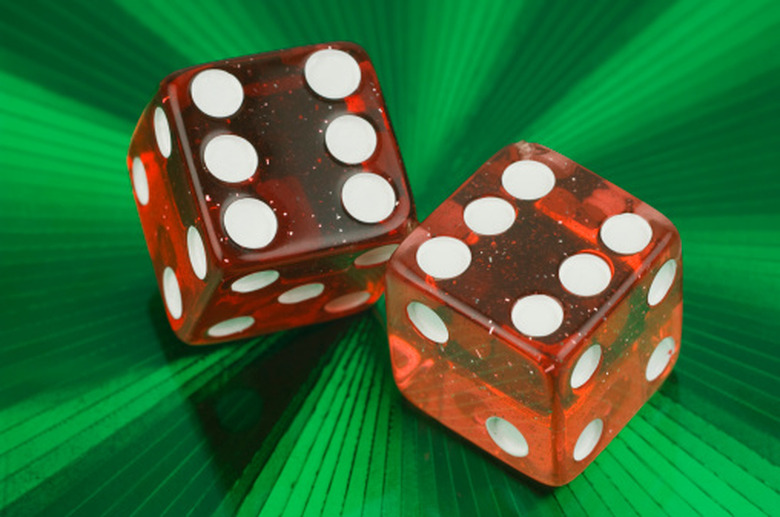Fun & Easy Five-Minute Math Games For First-Graders
First-grade students learn several different math skills. The most basic are even and odd numbers, addition, subtraction and the value of money. Playing games is a good way to practice these skills and make use of the five minutes before lunch, recess or the bell at the end of the day. Having a few "go to" games keeps children occupied and reinforces the skills covered in math lessons. Allow extra time the first time they play the games as teaching them the rules will take some additional time.
Addition
Addition
Facing each other in a circle, have groups of four students compete to see who can get the most "tens" in three minutes. Have them lay out 10 playing cards in a row as player 1 looks for sets of cards that equal 10. All face cards equal 10, so they should pick those up first. When player 1 has picked up all possible combinations, the dealer should add enough cards to the row to restore the row to 10 cards. Continue around the circle until the deck runs out, there are no more possible combinations or four minutes have passed. Whoever has the most combinations of 10 wins the game.
Subtraction
Subtraction
Put students in groups of two and give each set a pair of dice for a quick subtraction game. Players take turns rolling the dice, and they must subtract the smaller number from the larger number to get their score. They should continue taking turns for one minute, adding the new score to the total after each turn. The player with the highest number at the end of each minute wins. Repeat until the five minutes are up.
Odds & Evens
Odds & Evens
Have each row of students form a circle on the floor before assigning a card dealer. Ask the dealer to deal out all of the cards and instruct players to make a neat, face down pile in front of them. It does not matter if one person has an extra card or two. The object of the game is to get the most cards. Players take turns placing cards face up in the center of the piles, and when an odd number card comes up the first player to slap his hand down on the pile wins the cards. He then turns it upside down and places the card on the bottom of his pile. Stop the clock after four minutes; count the cards and the player with the most cards wins.
Recognizing Money
Recognizing Money
A quick game of "What Coin Am I?" reinforces what different coins look like. Divide the class into two groups. Give each group a piece of paper with a different denomination of coin replicated on it and folded in half so they cannot see the coin. Taking turns by group, have them ask questions about the coin in order to guess which coin they have.
Cite This Article
MLA
Lee, Annabelle. "Fun & Easy Five-Minute Math Games For First-Graders" sciencing.com, https://www.sciencing.com/fun-easy-five-minute-math-games-for-first-graders-12747739/. 23 February 2011.
APA
Lee, Annabelle. (2011, February 23). Fun & Easy Five-Minute Math Games For First-Graders. sciencing.com. Retrieved from https://www.sciencing.com/fun-easy-five-minute-math-games-for-first-graders-12747739/
Chicago
Lee, Annabelle. Fun & Easy Five-Minute Math Games For First-Graders last modified August 30, 2022. https://www.sciencing.com/fun-easy-five-minute-math-games-for-first-graders-12747739/
